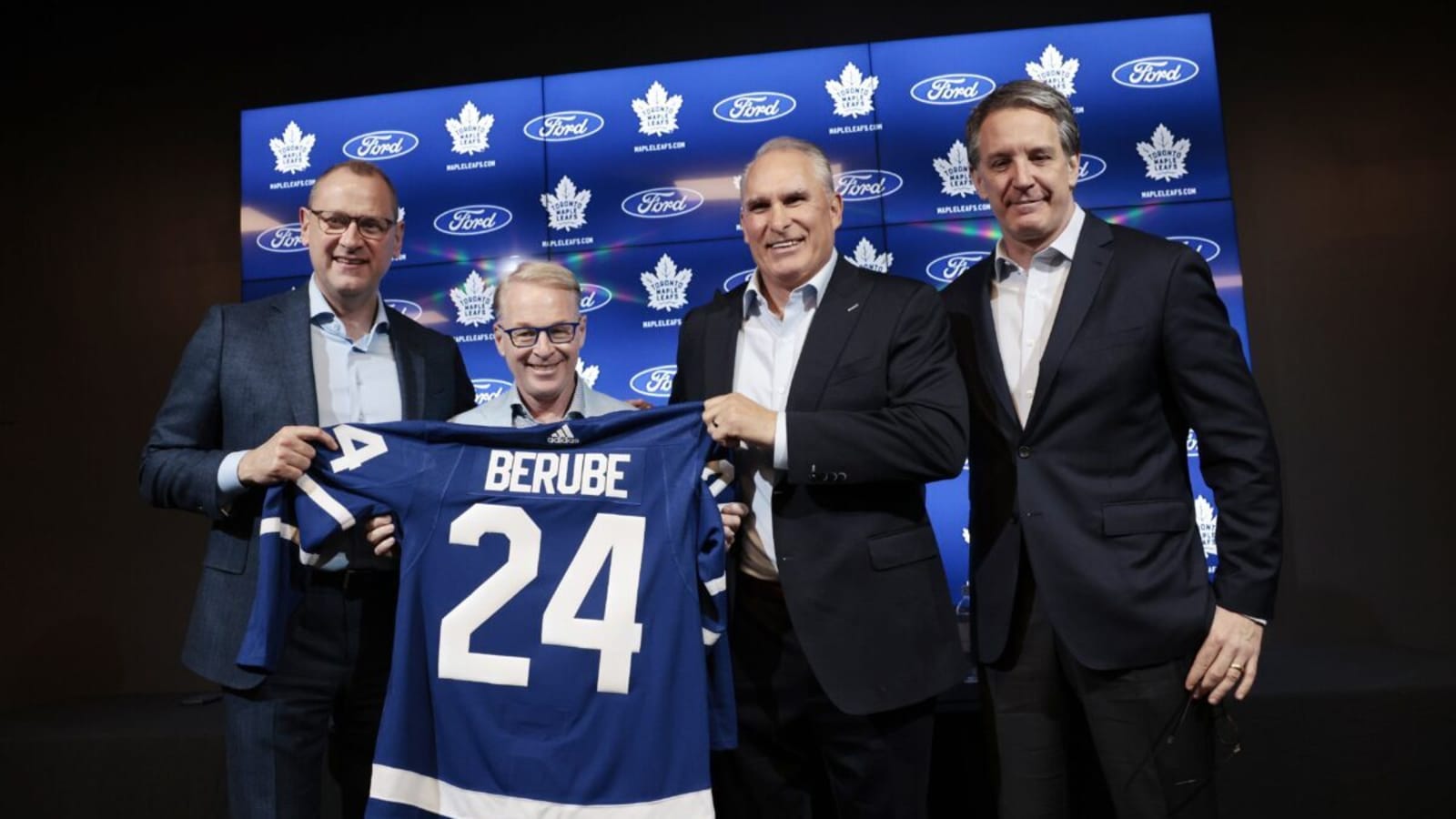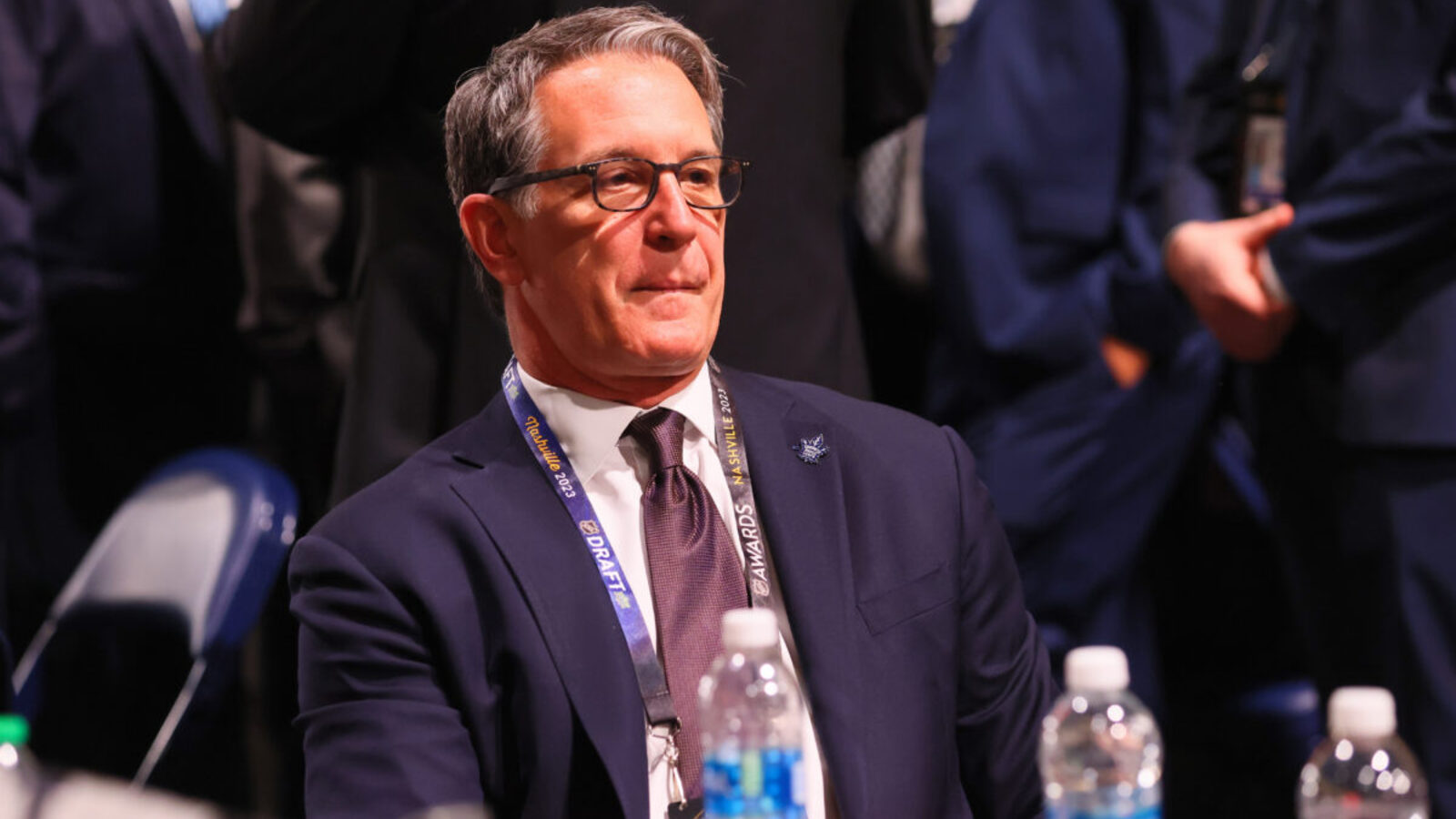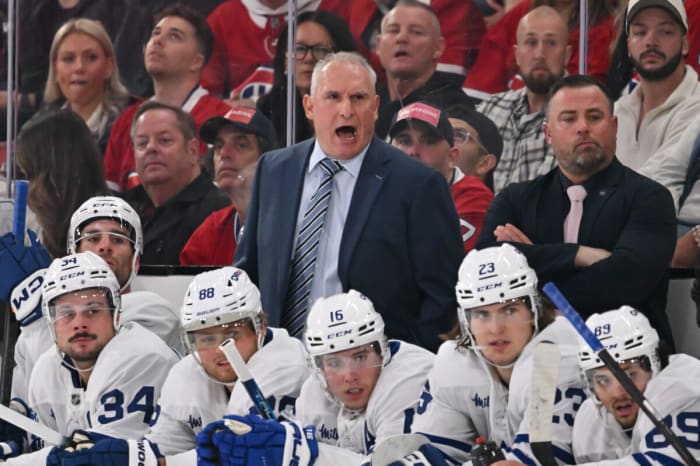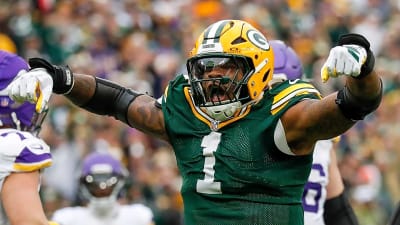
Toronto Maple Leafs fans deserve more than lazy, uninformed journalism. While, fortunately, it is not the norm among Toronto hockey media, when it does happen, it’s glaring. The Maple Leafs, with all the richness of their history and the complexity of the organization, the game, and the way the team relates to the fans and the city, deserve better.
Yesterday’s piece by Jacob Punturi on Breakaway (Sports Illustrated), sensationally titled “Shanaplan Abject Failure for Maple Leafs,” is a good example of the trend. The clickbaitish title introduces a post that, at about 300 words, reads more like a youngster throwing a stone from his bike at a neighbour’s window than a solid analysis of Brendan Shanahan’s decade-long tenure as team president. It conflates Shanahan’s tenure to a single metric: no Stanley Cup. Ergo, it must have been an “abject ” failure.
Critique Is Fair, Shallow Is Just Not Good Enough, and Unfair
This kind of writing is frustrating, not because it’s critical, but because it’s shallow. The Hockey Writers has a long-standing rule: articles must be at least 600 words, and many are past 1000. Why? Because the sport is complicated. Success and failure don’t come down to a single stat line. There are layers — culture, development, identity, and history — that deserve to be unpacked. You don’t get there in 300 words.
Maple Leafs fans, to their credit, also expect better. Toronto is home to some of the world’s most informed and passionate hockey fans. Most know the difference between a tough playoff loss and a flawed organizational vision. So, when a piece like Punturi’s skips over all the nuance and declares the entire Shanahan era an “abject failure,” it does a disservice to the conversation — and Shanahan himself.
No one’s denying that the Maple Leafs fell short in the playoffs under Shanahan. That’s obvious. Two playoff series wins in ten years aren’t good enough for a team with that much talent. But judging the entire Shanaplan solely on that metric is lazy and misleading. The truth is, Shanahan inherited a broken organization and helped turn it into one of the most stable, respected franchises in the league.
And, agree with him or not, that transformation deserves acknowledgment. Like him or not, Shanahan made some solid improvements in his decade-plus with the organization.
First, Shanahan Helped Rebuild Credibility and Culture
When Shanahan arrived in 2014, the Maple Leafs were a mess. The organization lacked a consistent vision, internal leadership, or respect for the team’s legacy. Shanahan brought credibility back. As a Hall of Famer who grew up in the city with deep Toronto ties, he understood the weight of the job. More importantly, he brought a long-term vision that had been missing from the team for decades.

Instead of rushing to fix things overnight, Shanahan focused on building a strong foundation. He hired and trusted intelligent people, embraced modern hockey thinking, and demanded professionalism—a massive shift from the chaos Maple Leafs fans endured for years.
Second, Shanahan Reconnected Maple Leafs’ History and Tradition
One of Shanahan’s quietest but most meaningful contributions was reconnecting the team with its history. Before his arrival, the Maple Leafs had a strained relationship with their past. Icons like Dave Keon felt ignored or even alienated. Shanahan changed that. He prioritized honouring the team’s legends, bringing Keon back into the organization’s fold, and celebrating the franchise’s roots more genuinely.
Inspired by the 1967 Cup-winning team, the jersey redesign was another thoughtful nod to tradition. These weren’t cosmetic changes. They were part of a larger effort that Shanahan led to restore pride in the organization and remind fans and players alike of the weight of wearing that sweater.
Third, Shanahan Instituted a New Way to Build the Team
Perhaps Shanahan’s biggest gamble was on how the team would be built. Instead of chasing short-term fixes, he focused on the draft, development, and analytics. Hiring Kyle Dubas as general manager was a bold move that signalled the team was ready to think differently.
And it worked. The Maple Leafs became a top team in the regular season, powered by a core of talent the organization drafted — Auston Matthews, Mitch Marner, William Nylander, Matthew Knies, Easton Cowan, and more — supported by a well-run development pipeline. The Toronto Marlies became one of the best and well-run American Hockey League (AHL) teams, consistently producing NHL-ready players like Bobby McMann.

Critics say this current group wasn’t built for the playoffs, and that might be fair. But the idea that Shanahan “failed” because he didn’t tear the team apart after every first-round loss is short-sighted. He believed in giving the core time to mature, and while the results have been frustrating, the core is still young and incredibly talented. The Maple Leafs give themselves a chance to begin a Stanley Cup run every season because they consistently make the playoffs.
[As a note, even the Boston Bruins didn’t make it this past season, although they won the Presidents’ Trophy after the 2022–23 NHL season. Two seasons ago, they set a league record with 65 wins and 135 points, the highest total in NHL history. My point is that even making the playoffs season after season is tough, and the Maple Leafs do it.]
Fourth, Shanahan Managed the Toronto Spotlight
Finally, talking about Shanahan’s tenure is impossible without acknowledging the pressure, maybe especially for a hometown boy. Toronto is unlike any other hockey market. The media glare is constant. Moves are scrutinized. Mistakes are magnified. Shanahan managed that pressure and, right or wrong, did so with a consistent vision.

That Shanahan didn’t always make the right calls is a fair statement. But he kept the team moving forward. He brought stability to an organization that had known very little of it. He gave Maple Leafs fans something they hadn’t had in years — hope rooted in substance instead of blind faith. Agree or not, the 2024-25 Maple Leafs team was their best of the past decade. That progress came under Shanahan’s leadership.
The Verdict on Shanahan is Complicated, But Positive
So yes, the Maple Leafs didn’t win the Stanley Cup under Brendan Shanahan. But reducing a decade of work to that one fact — and calling it an “abject failure” — is lazy journalism. It ignores the culture, the development, the stability, and the pride he helped restore to this team.
Real change in hockey doesn’t always show up on a banner. Sometimes, it shows up in how a team carries itself, how its players grow, and how fans believe. Shanahan’s now gone, and the Maple Leafs’ next chapter is someone else’s to write. But in a nutshell, the organization has significantly improved since he started in 2014.
More must-reads:
- Team USA would be setting itself up for Olympic failure if Stars' Jason Robertson is left off roster
- Former NBA draft pick's college return reveals lunacy of current system
- The 'Most 3-passing, 1-rushing TD games' quiz
Customize Your Newsletter
 +
+
Get the latest news and rumors, customized to your favorite sports and teams. Emailed daily. Always free!








